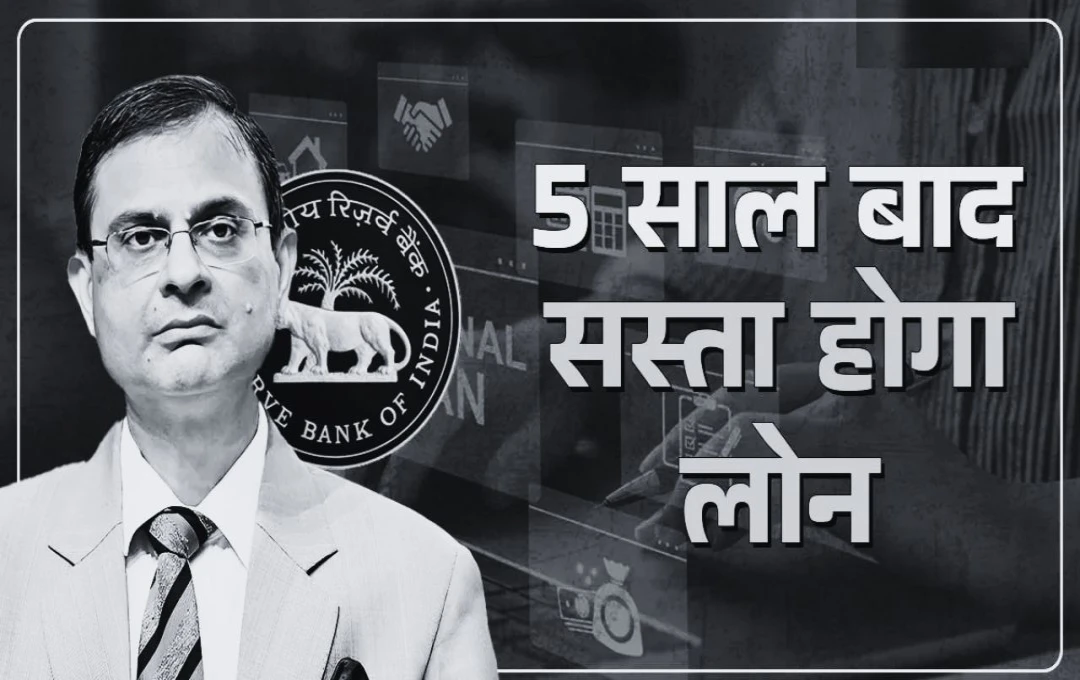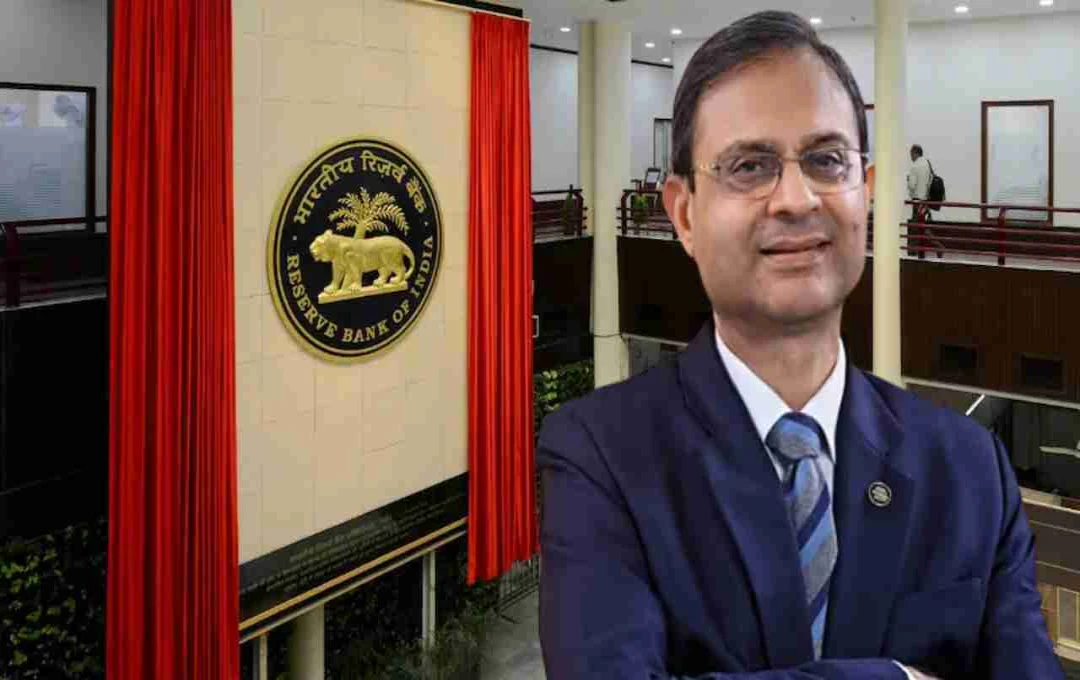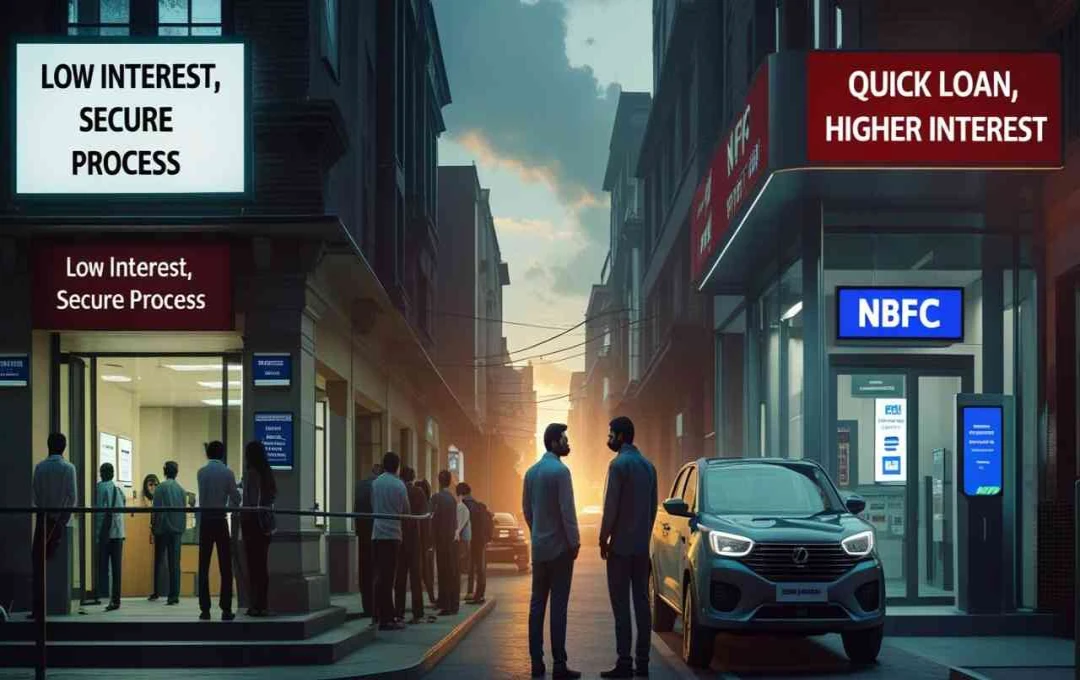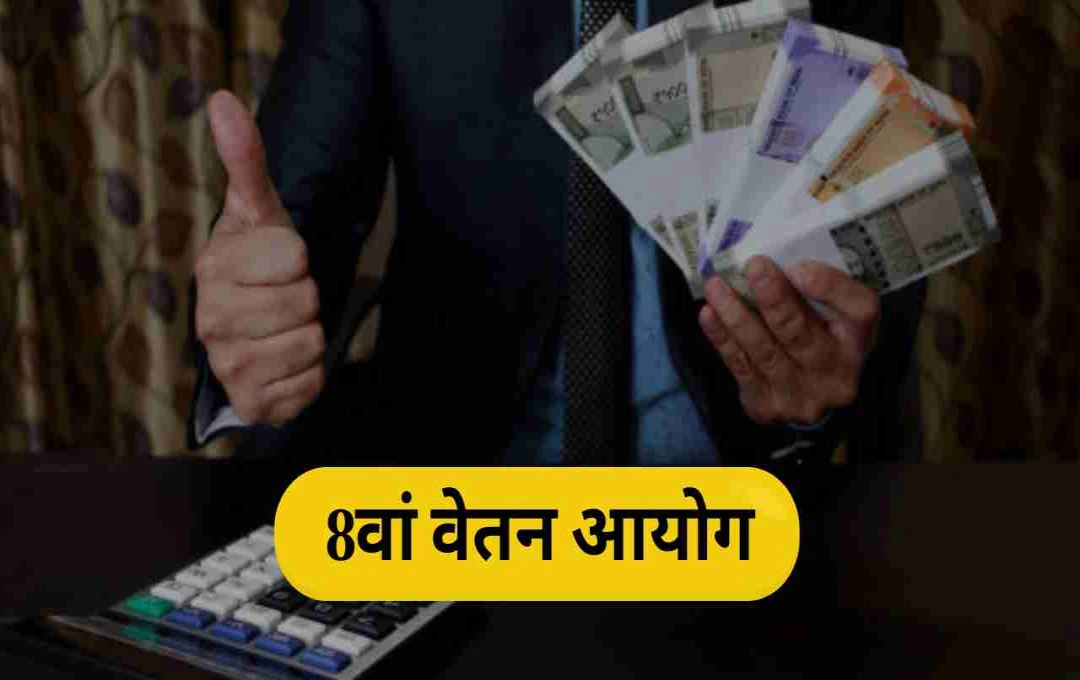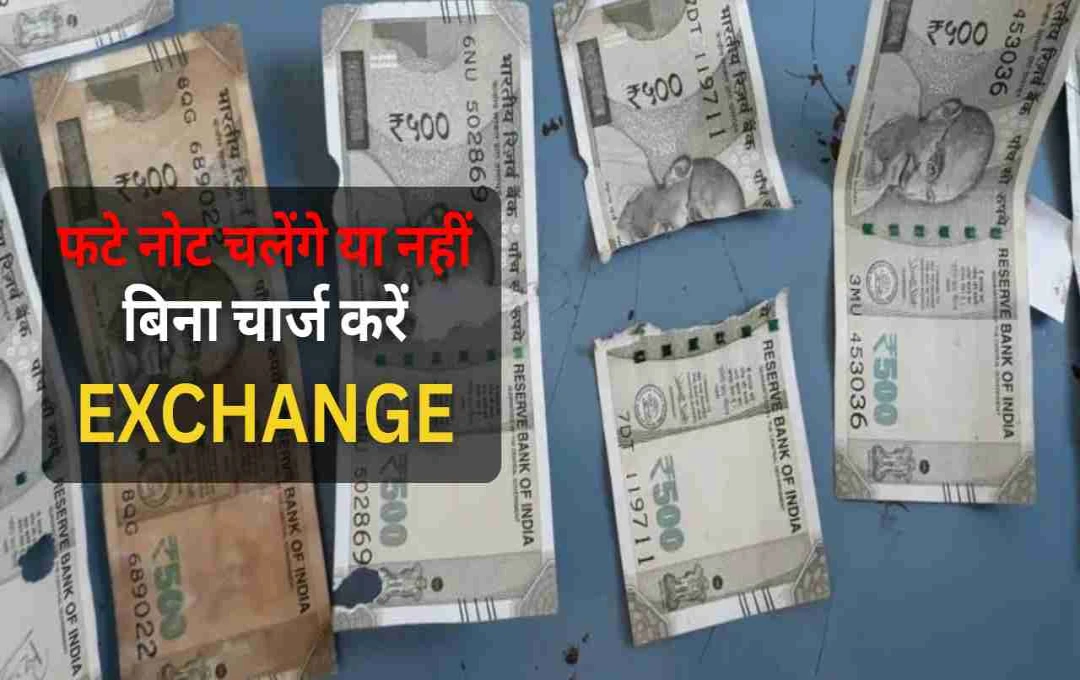RBI's Interest Rate Cut to Make Home and Car Loans Cheaper; Floating Rate Loan EMIs to Decrease. This is the second relief for the public after the budget exempted income up to ₹12 lakh from tax.
Repo Rate: The Reserve Bank of India (RBI) has provided significant relief to the general public by cutting policy interest rates (Repo Rate). After nearly five years, the RBI's Monetary Policy Committee (MPC) approved this decision. In this meeting, led by the new governor Sanjay Malhotra, the repo rate was reduced by 0.25%, bringing it down from 6.50% to 6.25%.
How will the interest rate cut benefit individuals?
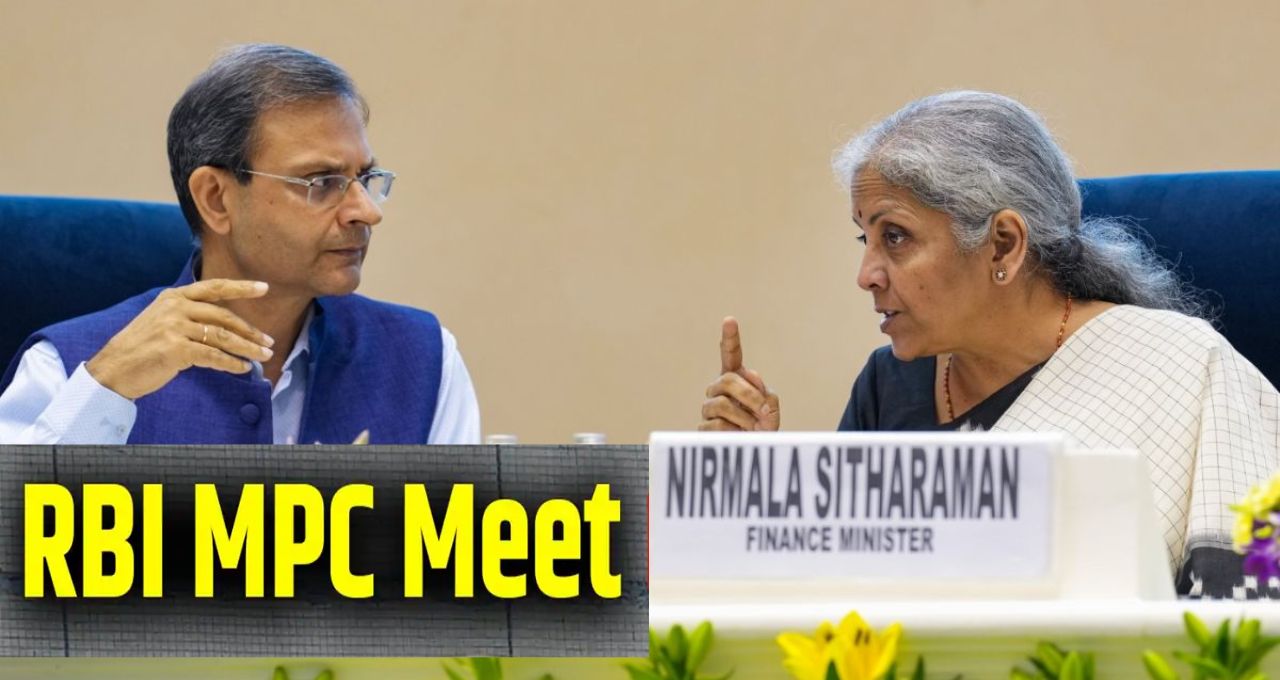
Following the RBI's interest rate cut, home loans, car loans, and other loans will become cheaper. Borrowers with floating rate loans will also see a reduction in their monthly installments (EMIs).
The government recently announced in the Union Budget that annual income up to ₹12 lakh would be tax-free. Following this, this is considered the second major relief for the general public in February 2025.
How will the RBI's decision make loans cheaper?
Banks borrow from the RBI to lend to the public. The rate at which the RBI lends money to banks is called the repo rate. When the repo rate decreases, banks receive cheaper loans and can, in turn, offer loans to customers at lower interest rates.
This time, the 0.25% decrease in the repo rate will result in lower interest rates for banks, enabling them to reduce loan rates for ordinary customers. This will make home loans, car loans, and personal loans cheaper, and reduce individuals' EMIs.
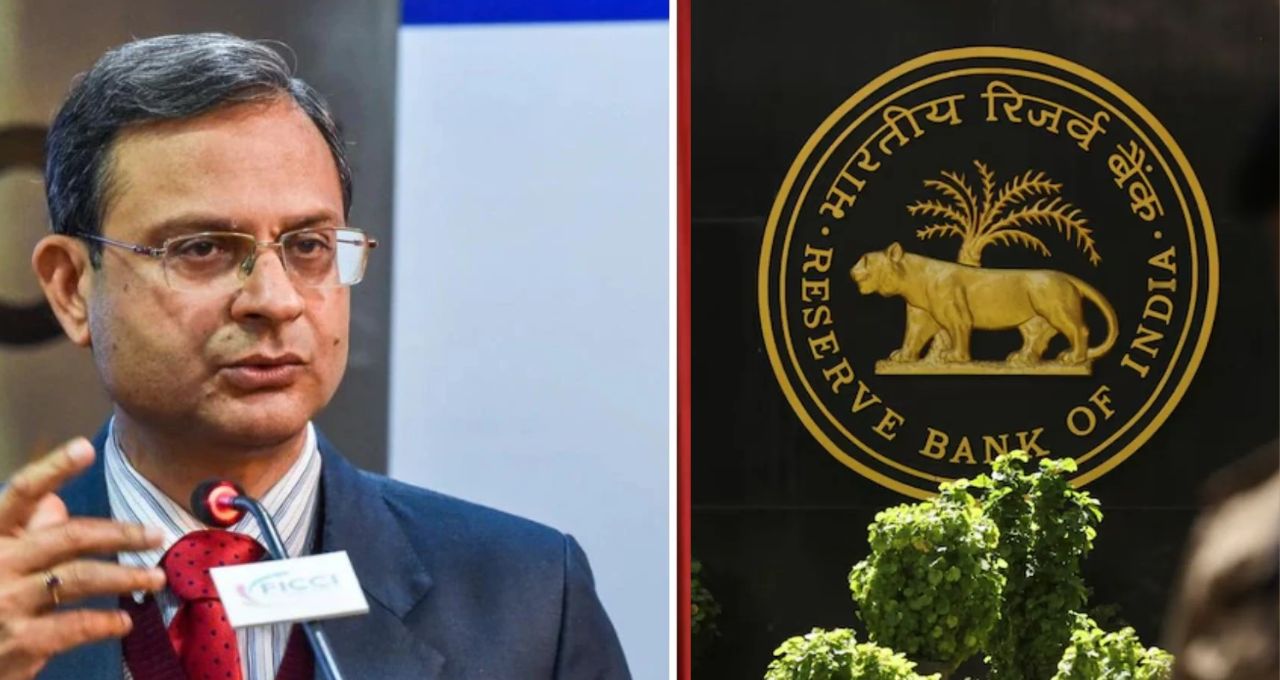
When was the last time interest rates were reduced?
The RBI last reduced the repo rate by 0.40% in May 2020 during the COVID-19 pandemic, bringing it down to 4%. However, due to the Russia-Ukraine war and global uncertainty, the RBI increased interest rates. This increase ended in February 2023, and there have been no changes since then.
